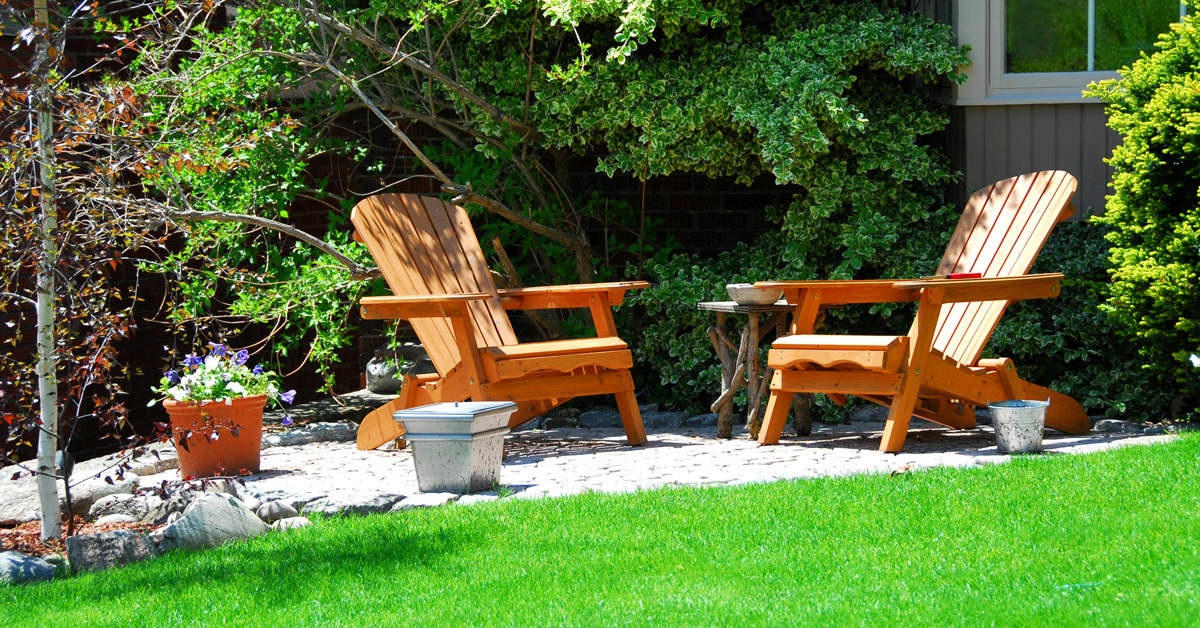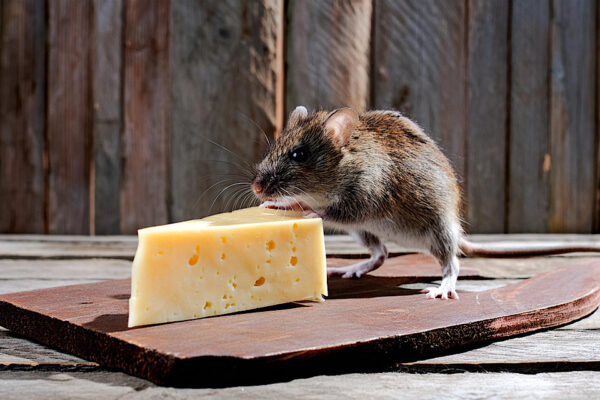Key Takeaways:
- A well-maintained lawn enhances the appeal and value of your property.
- Lawn care practices promote healthy growth and appearance.
- Maintaining a well-kept lawn offers benefits such as air purification and soil erosion prevention.
- Effective lawn care practices can have a positive environmental impact.
- Mowing, fertilization, and weed control are essential lawn care services and techniques.
- Proper mowing height and targeted fertilization promote optimal growth.
- Weed control measures are necessary for maintaining a healthy lawn.
- Adapting your care routine to different seasons ensures year-round lawn success.
- Identifying and addressing common lawn problems, such as pests and diseases, is vital.
- Pest control and disease prevention are important for a thriving lawn.
- Repairing patchy and damaged areas requires proper soil preparation and overseeding.
1. Understanding the Importance of Lawn Care
Having a well-maintained lawn is more than just an aesthetic choice. It plays a significant role in enhancing the overall appeal and value of your property. A lush and healthy yard not only provides a beautiful backdrop for outdoor activities but also creates a positive first impression on visitors and potential buyers.
Why Lawn Care is Essential for a Beautiful Yard
Lawn care is essential for a beautiful yard as it encompasses a range of practices aimed at promoting healthy growth and appearance. Regular mowing, watering, fertilization, and weed control are all important components of lawn care that contribute to a well-manicured and vibrant lawn. By committing to proper lawn care, you can achieve a lush, green space that becomes the envy of your neighborhood.
The Benefits of Maintaining a Well-Kept Lawn
Aside from the visual appeal, maintaining a well-kept lawn offers numerous benefits. First and foremost, a healthy lawn acts as a natural air purifier, absorbing carbon dioxide and releasing oxygen. It also helps to minimize soil erosion by holding the soil in place with its roots. A thick and healthy lawn also acts as a natural filter, trapping dust, pollen, and other pollutants from the air, resulting in cleaner and fresher surroundings. Additionally, a well-maintained lawn provides a safe and comfortable area for outdoor activities such as picnics, sports, and relaxation.
The Environmental Impact of Effective Lawn Care
Effective lawn care practices can have a positive impact on the environment. By using proper watering techniques and avoiding overwatering, you can conserve water resources and prevent runoff, which can carry pollutants into nearby water bodies. Regular mowing at the correct height helps to support healthy grass growth and reduces the need for additional inputs such as herbicides and pesticides. This, in turn, minimizes the potential negative effects on groundwater and the overall ecosystem. Implementing organic lawn care practices, such as using natural fertilizers and eco-friendly products, can further promote sustainability and minimize the environmental footprint of lawn maintenance.
2. Essential Lawn Care Services and Techniques
To achieve a vibrant and healthy lawn, it is important to employ essential lawn care services and techniques that promote optimal growth.
Mowing Techniques: How to Achieve the Perfect Lawn Length
Mowing is a fundamental task in lawn care that directly impacts the overall health and appearance of your lawn. The key to achieving the perfect lawn length lies in understanding the specific requirements of your grass type. Each grass species has an ideal mowing height, typically ranging from 1.5 to 3 inches. Mowing at the correct height ensures a strong root system, efficient nutrient absorption, and better tolerance to heat and drought. Additionally, it is important to regularly sharpen mower blades to ensure clean cuts and prevent damage to the grass blades.
Fertilization: Feeding Your Lawn the Right Way
Fertilization is crucial for providing essential nutrients to your lawn, promoting healthy growth, and maintaining vibrant color. Before applying fertilizer, it is important to conduct a soil test to determine the nutrient deficiencies in your soil. This allows for a targeted fertilization approach, preventing over or under-fertilization. The three main nutrients required by lawns are nitrogen, phosphorus, and potassium. Nitrogen promotes leaf and stem growth, phosphorus supports root development, and potassium aids overall plant health and disease resistance. Utilizing slow-release or organic fertilizers helps to minimize the risk of nutrient runoff and provides long-lasting benefits.
Weed Control: Keeping Unwanted Plants at Bay
Weeds can quickly invade and overtake a lawn, competing for sunlight, water, and nutrients. Implementing effective weed control measures is essential for maintaining a healthy and weed-free lawn. Regularly removing weeds by hand, using a weeding tool, or employing a pre-emergent herbicide can prevent weed seed germination. Post-emergent herbicides can be used to target existing weeds, but it is important to choose products that are labeled safe for your specific grass type to avoid damage. Additionally, promoting strong and dense turf through proper mowing, fertilization, and watering can discourage weed growth by limiting available resources.
3. Seasonal Lawn Care Tips for Year-round Success
Achieving a lush and healthy lawn requires adapting your care routine to the changing seasons. By implementing seasonal lawn care tips, you can ensure year-round success and maintain a vibrant lawn.
Spring Lawn Care: Preparing Your Yard for the Growing Season
Spring is a crucial time to prepare your lawn for the growing season ahead. Start by removing any remaining debris, such as fallen leaves and twigs, to allow sunlight and air circulation. Conduct a soil test to assess nutrient levels and pH, and apply the necessary fertilizers or soil amendments. Additionally, consider aerating your lawn to improve soil compaction and enable better water and nutrient absorption. Overseeding can also help fill in bare spots and promote a thick lawn. Lastly, adjust your watering schedule to accommodate the increasing demand of the growing grass.
Summer Lawn Care: Maintaining a Healthy Lawn in the Heat
Summer brings with it higher temperatures and increased stress on your lawn. Proper watering becomes even more crucial during this time. Provide your lawn with deep and infrequent watering to encourage deep root growth and drought tolerance. Mow at the correct height to shade the soil and limit weed growth. It is also important to monitor for signs of pests and diseases, as they thrive in hot and humid conditions. Implement proactive pest control measures and address any issues promptly to prevent further damage to your lawn.
Fall Lawn Care: Preparing for Winter and Ensuring Spring Greenery
Fall is the time to prepare your lawn for winter and set the stage for lush greenery in the following spring. Rake up fallen leaves regularly to prevent suffocation of the grass and the development of disease. A final round of fertilization with a slow-release nitrogen fertilizer helps to provide essential nutrients for the dormant winter period. Overseeding can be done to rejuvenate thinning areas and promote new grass growth. Additionally, aerating the soil and applying a layer of compost helps to improve soil quality and enhance nutrient availability for the grass during the winter months.
4. Solutions for Common Lawn Problems
Even with proper care, lawns can encounter various problems ranging from pests and diseases to patchy and damaged areas. Knowing how to identify and address these issues is crucial for maintaining a healthy and thriving lawn.
Pest Control: Dealing with Insects and Critters
Common pests that can wreak havoc on your lawn include grubs, armyworms, and chinch bugs. Regularly inspect your lawn for signs of pest damage such as chewed grass blades or brown patches. Implement integrated pest management strategies, including cultural practices like proper watering and mowing, to minimize pest infestations. In cases of severe infestations, targeted insecticides can be used while prioritizing environmentally friendly options. Encouraging beneficial insects, such as ladybugs and ground beetles, can also help control pest populations naturally.
Common Lawn Diseases and How to Treat Them
Lawns can be susceptible to various diseases caused by fungi, such as brown patch, dollar spot, and snow mold. Proper lawn care practices, including adequate watering, proper mowing techniques, and appropriate fertilization, can prevent disease development. If disease symptoms appear, promptly identify the specific disease and apply the appropriate fungicide as directed. Adjusting cultural practices, such as reducing watering frequency or improving airflow, can also help control and prevent lawn diseases.
Repairing Patchy and Damaged Areas of Your Lawn
Patchy and damaged areas can be caused by a variety of factors, including heavy foot traffic, pet urine, or improper lawn care practices. To repair these areas, start by raking away any dead grass and debris. Loosen the soil with a garden fork and add a thin layer of topsoil or compost. Overseed the area with a grass seed blend that matches your existing lawn. Regularly water the patched area and keep it moist until the new grass establishes itself. Avoid heavy use of the repaired area until the grass has fully grown in.








